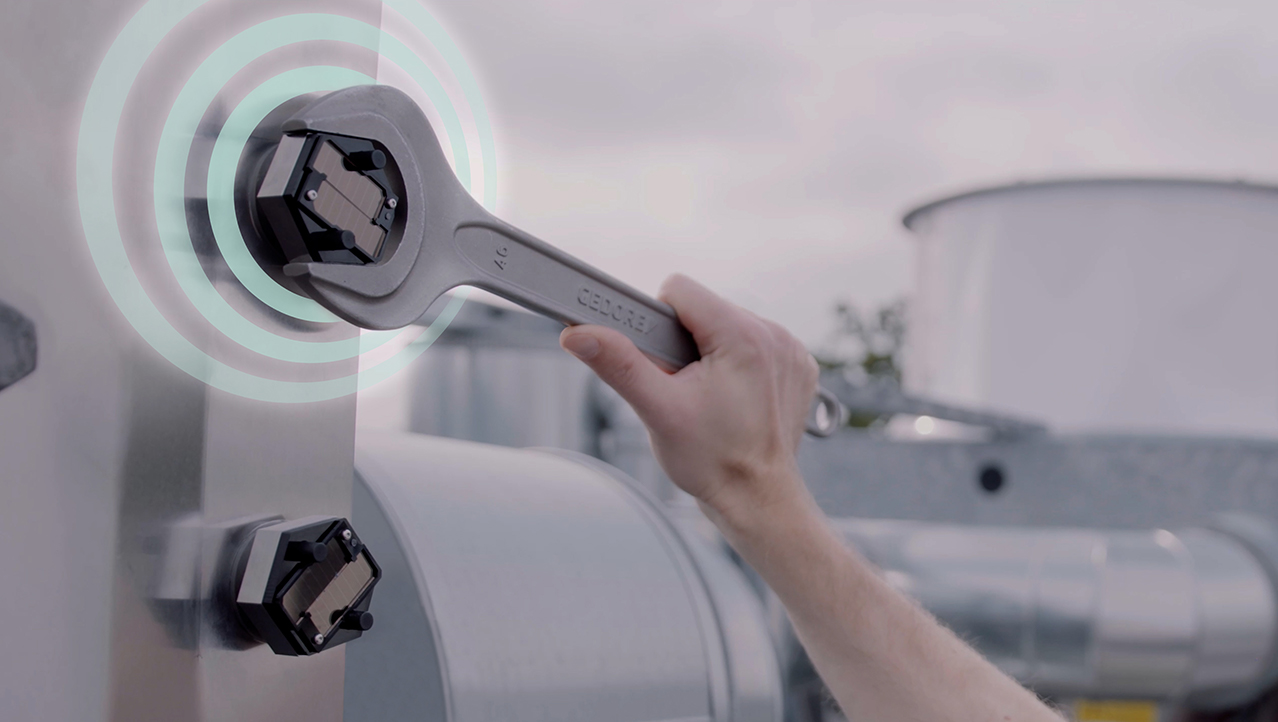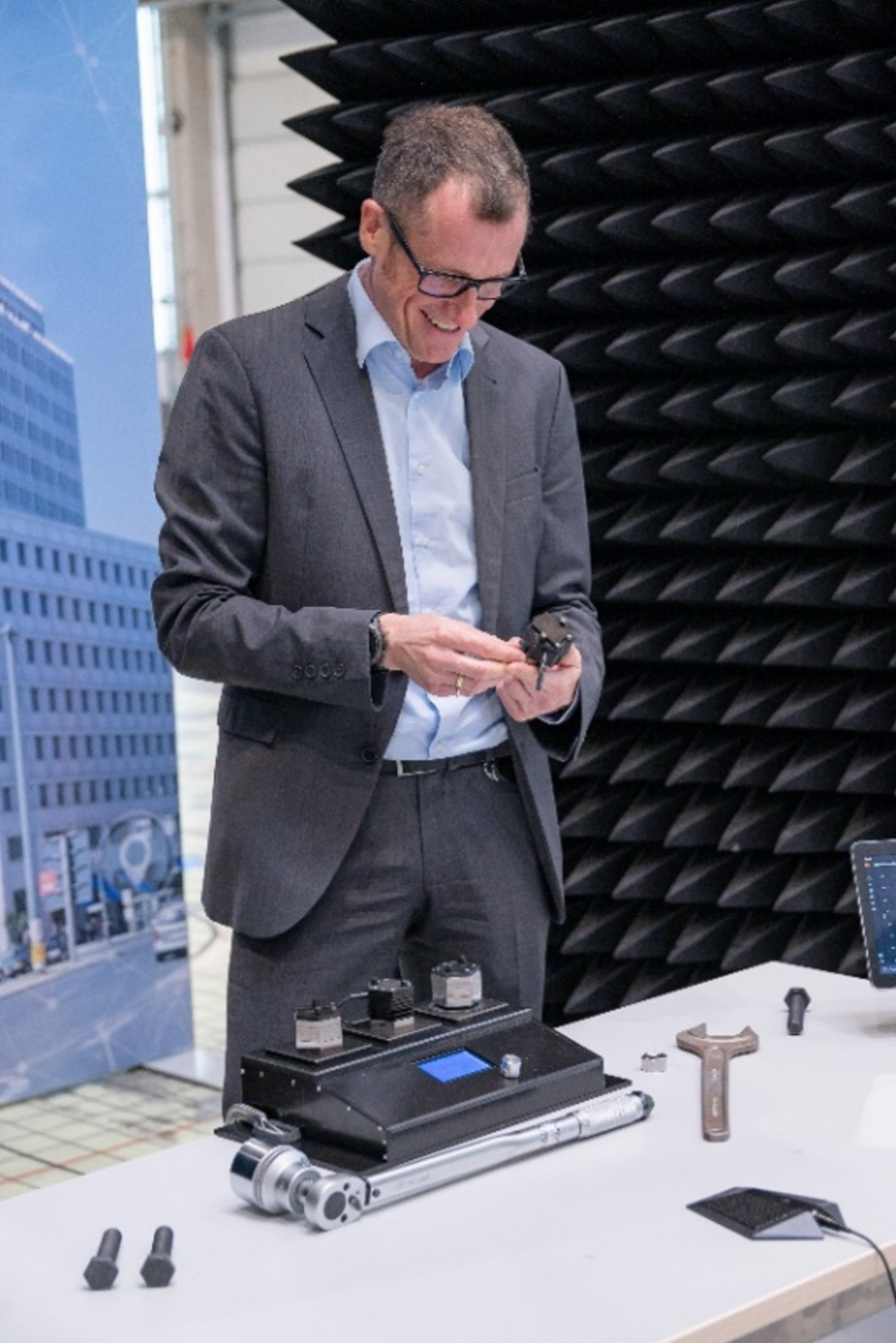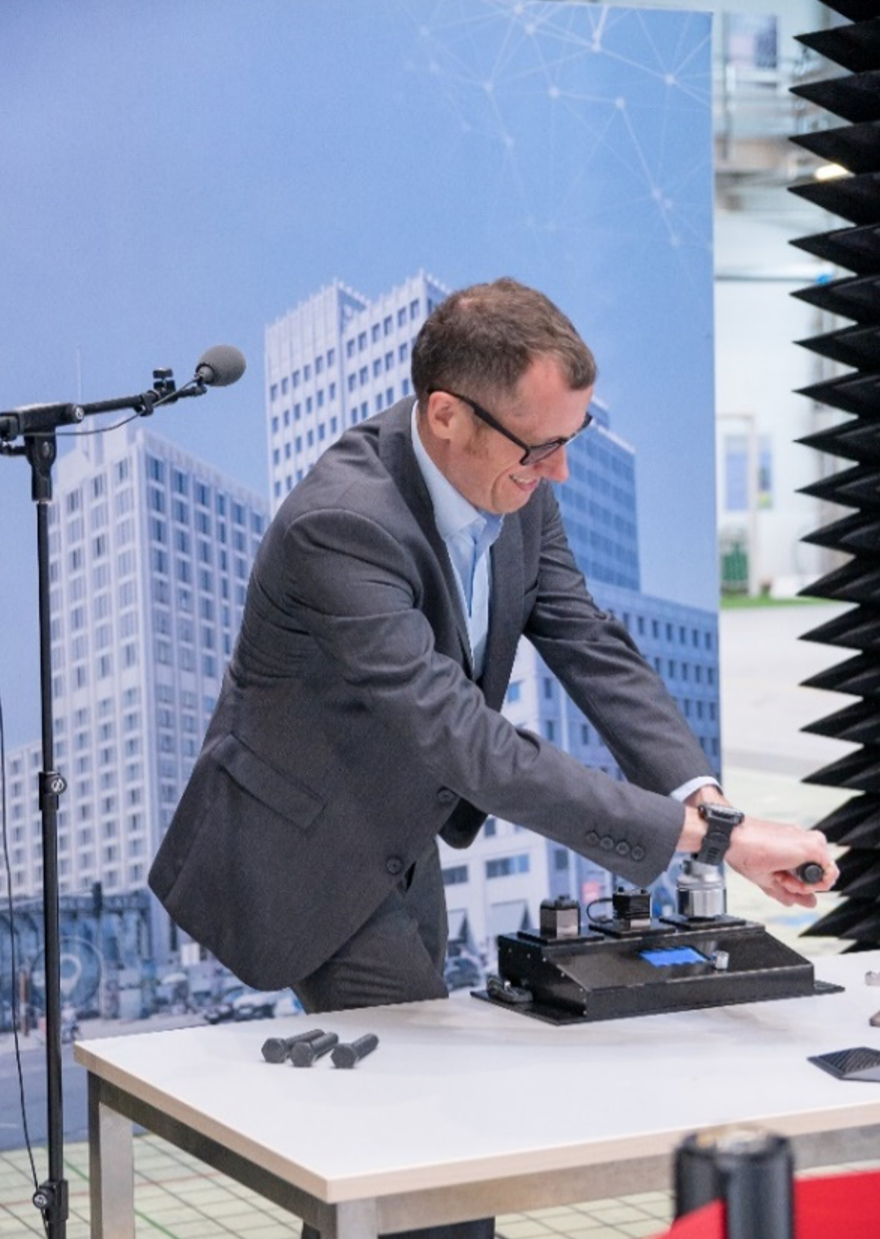Peter Spies has been conducting research into energy supply for communication systems at Fraunhofer IIS since 1998. Read on to find out how his work led him from energy-efficient wireless systems to smart screws, and what he believes makes this technology so economical, sustainable and secure.
Peter Spies doesn’t have a long history with screw connections, but there’s another subject that has interested him since the start of his career at Fraunhofer IIS.
“My focus is on energy efficiency. Since I joined Fraunhofer, I’ve been working on making energy supplies for communication systems more efficient.”
Peter’s research quickly led him to energy harvesting, a technology that he has played a key role in developing for more than 20 years. Energy harvesting is a sustainable method for obtaining electrical energy from environmental energy. He first used this method – a “green” alternative to batteries and a wireless way to generate electricity – to supply energy to wireless systems, but his contact with other Fraunhofer projects inspired him to combine the two technologies to make a smart screw connection.
“I heard about a sensor technology that made it possible to measure the temperature in a pipe by combining a screw with a temperature sensor. I thought to myself: Wouldn’t it be possible to use these already-warm screws to generate energy and use it to transmit the measurement data?”


